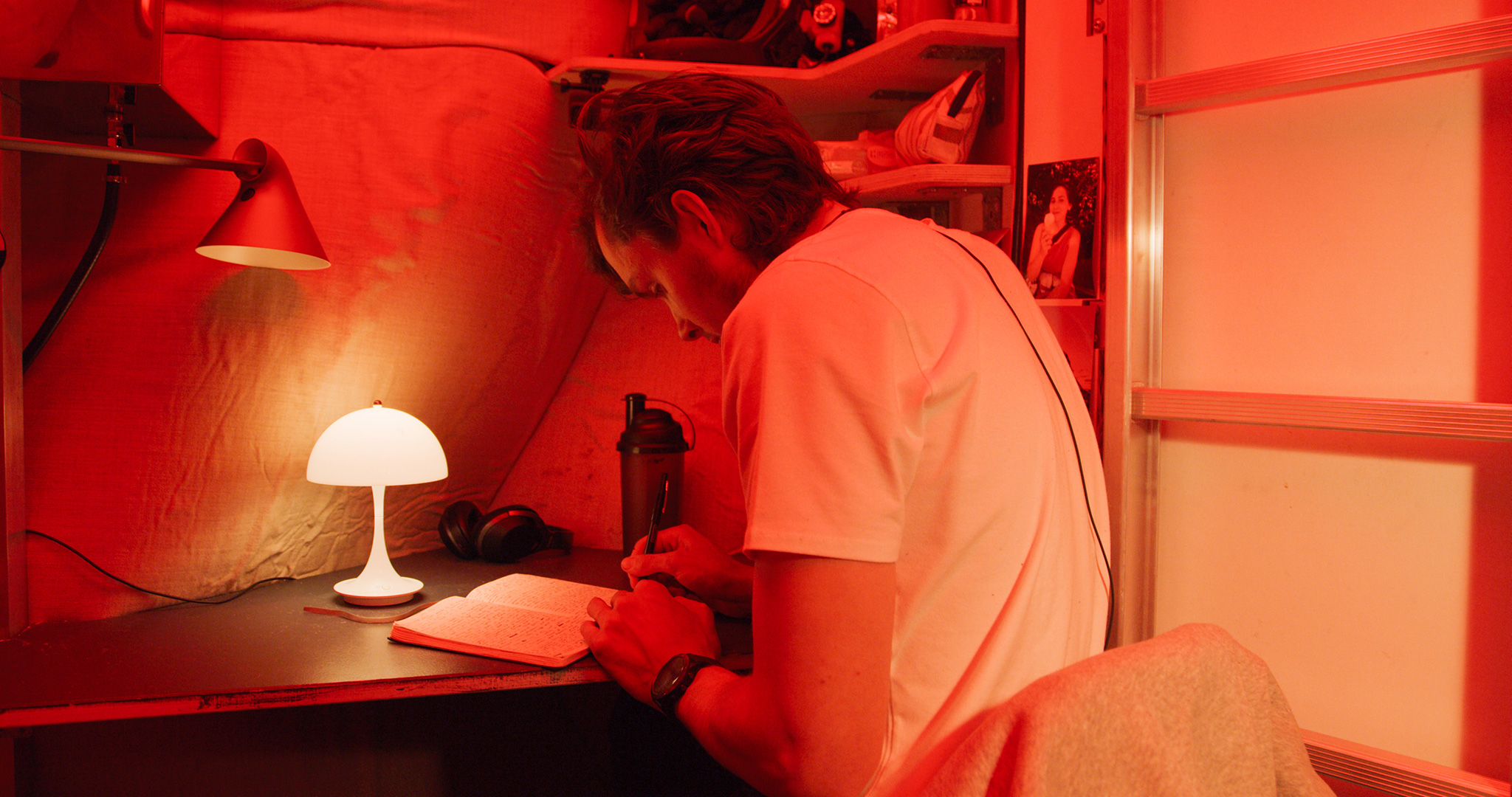

“If you really want a permanent civilization outside of Earth, it’s not just about meeting people’s basic needs such as food, water, and oxygen. “Where all other space missions focus on making electronics, power, water, and oxygen supply work, we have tried to create an environment where many people will be able to thrive in space over a longer period of time,” says Sebastian.
SAGA LUNARK HOW TO
The ambition was to investigate how the extreme moon-like environments affected their mental and physical well-being-a project that differs from other similar projects that typically explore how to survive in space. This was done with the help of DTU Space. Last year, the two architects Karl-Johan Sørensen and Sebastian Aristotelis Frederiksen tested their newly developed and architect-designed habitat in the area surrounding a disused titanium mine in North Greenland. Nor is it deterring the architectural firm SAGA Space Architects. However, the inhospitable conditions are not deterring the world’s space nations from dreaming of building habitable bases for people on the Moon. In addition, you have to contend with very fine moon dust which-in much the same way as volcanic ash-finds its way into everything. There is no atmosphere here and the cosmic radiation coming from the universe is radioactive. During the day it rises to 130 degrees and at night it drops to almost minus 160 degrees. Source: The temperature on the surface of the Moon varies enormously. But now missions to the Moon are once again being planned. The last manned lunar mission took place in 1972.Īfter the Apollo programme, there was little interest in travelling to the Moon for many years. In the years following Apollo 11, NASA conducted several moon landings, and a total of 12 people went on to walk on the Moon. In 1968, three astronauts with NASA’s Apollo 8 mission were the first humans to orbit the Moon in a spacecraft, and in 1969, American Neil Armstrong became the first human to walk on the Moon as part of the Apollo 11 mission launched by the U.S. In 1966, Luna 9 was launched by the then Soviet Union as an unmanned spacecraft and was the first spacecraft to achieve a soft landing. spacecraft Ranger 7 took the first close-up images of the lunar surface. That same year, saw the launch of Luna 2-the first spacecraft to hit the lunar surface-and in 1959 Luna 3 was launched as the first spacecraft to take pictures of the far side of the Moon.

Luna 1 thus became the first man-made object to orbit the Sun. However, the mission did not go exactly as planned, and at a distance of almost 5,000 km, the spacecraft flew past the Moon. It was launched by the then Soviet Union in 1959.

The first mission to the Moon was the Russian Luna 1. But the Moon has also been visited by many unmanned spacecraft. The Moon is the closest object in outer space in the night sky and the only alien planet that has been visited by humans.


 0 kommentar(er)
0 kommentar(er)
